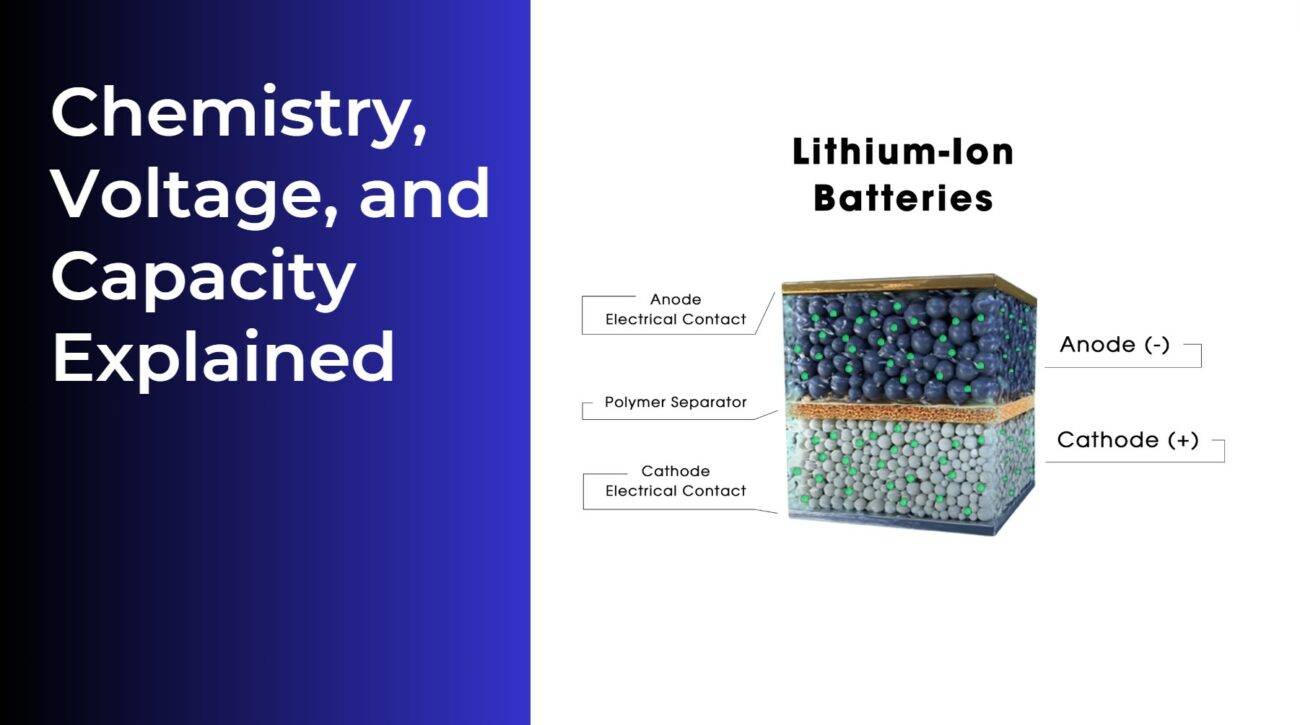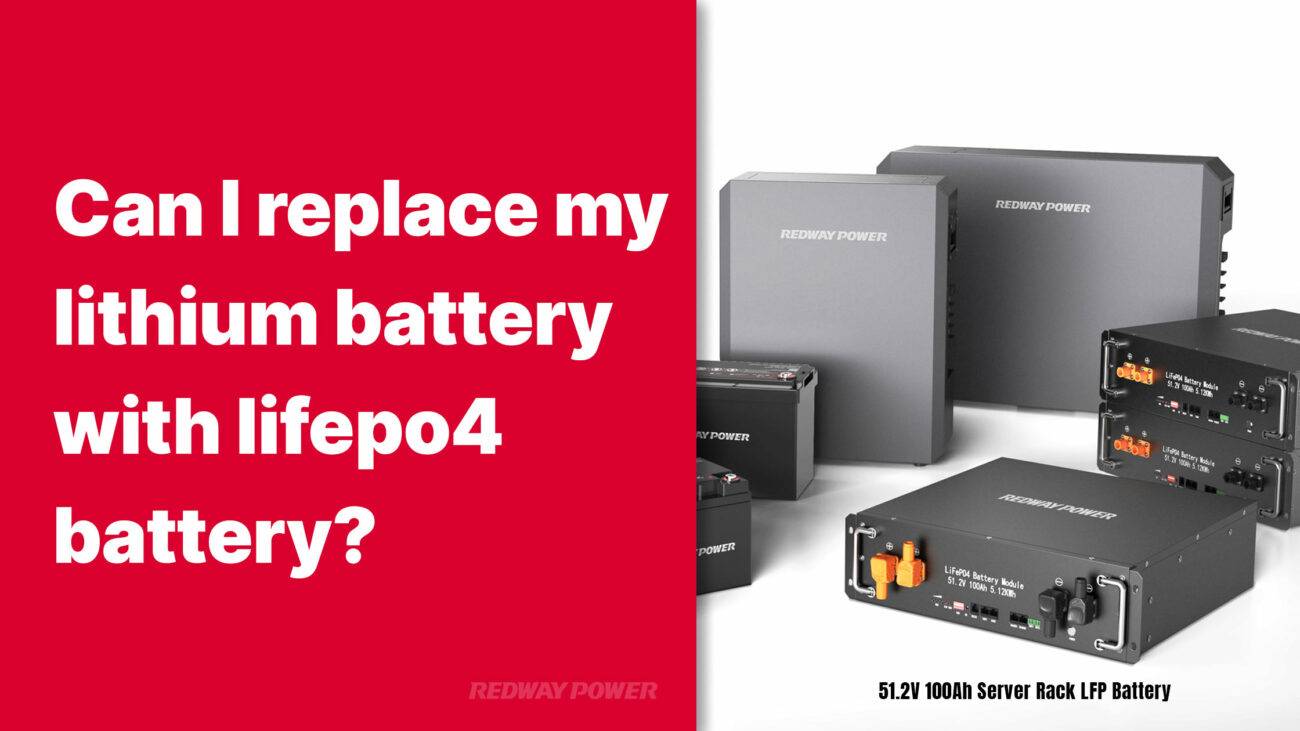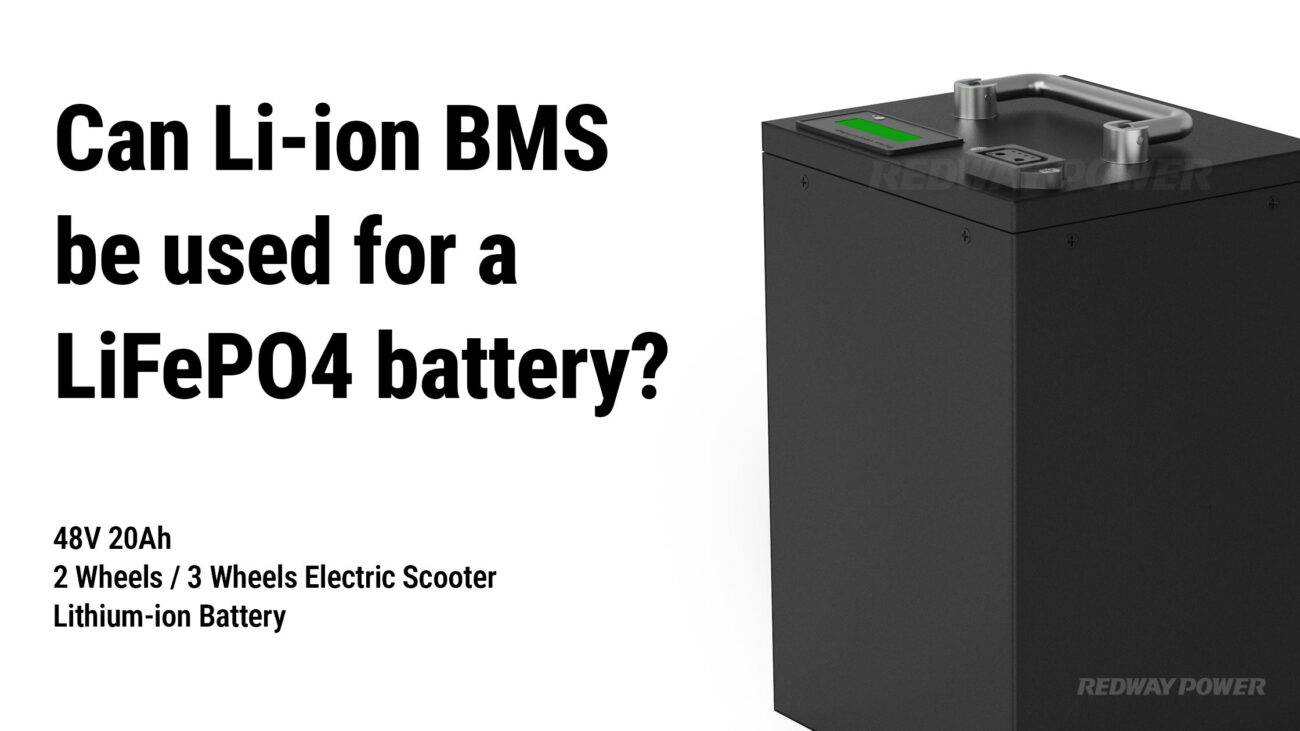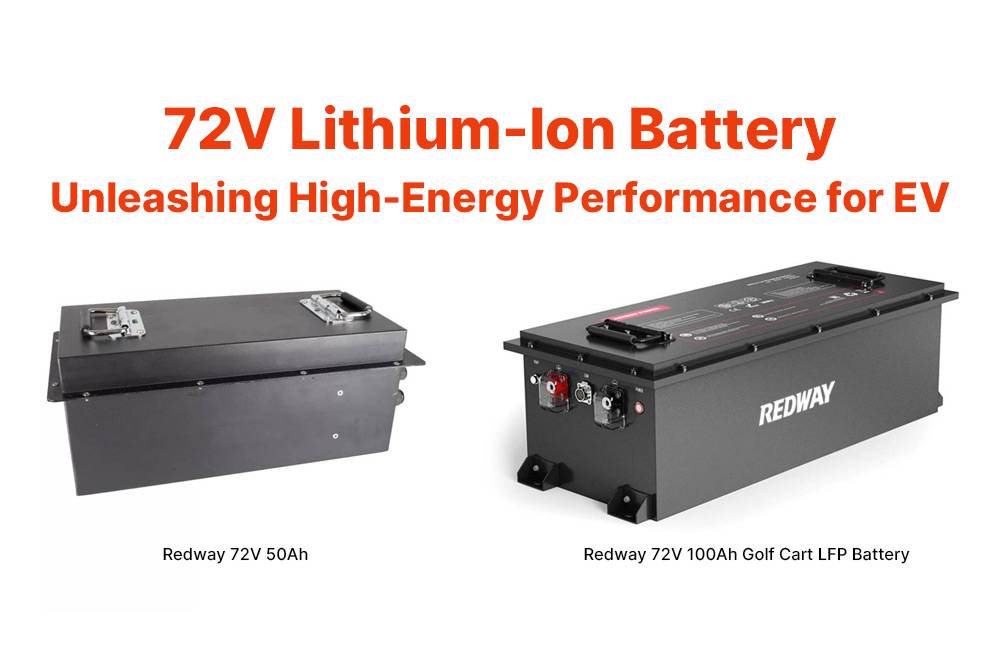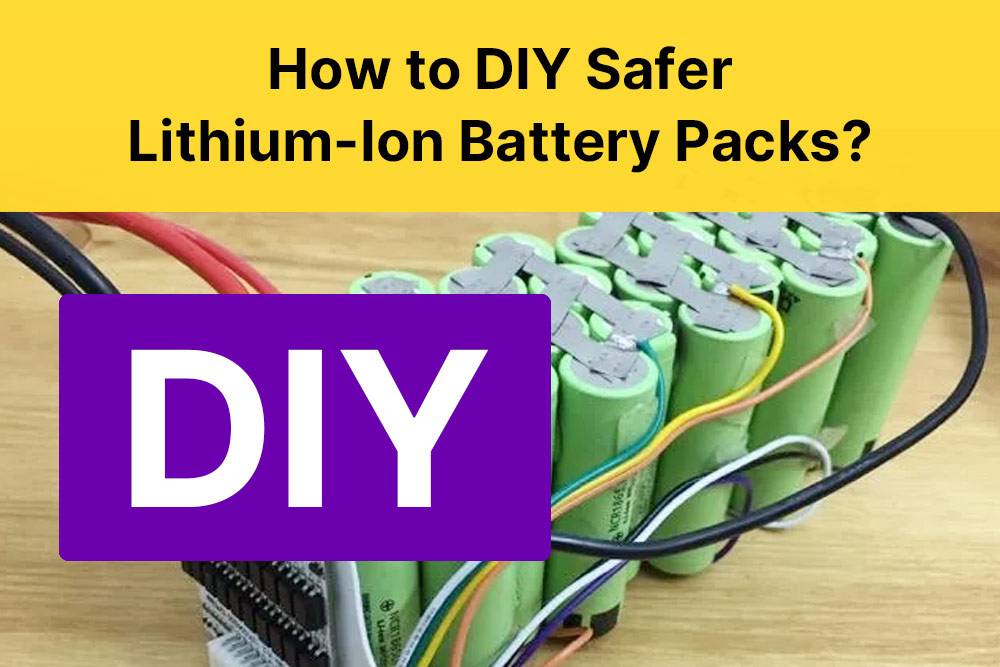- Lithium Golf Cart Battery
- Forklift Lithium Battery
-
48V
- 48V 210Ah
- 48V 300Ah
- 48V 420Ah (949 x 349 x 569 mm)
- 48V 420Ah (950 x 421 x 450 mm)
- 48V 456Ah
- 48V 460Ah (830 x 630 x 590 mm)
- 48V 460Ah (950 x 421 x 450 mm)
- 48V 460Ah (800 x 630 x 600 mm)
- 48V 460Ah (820 x 660 x 470 mm)
- 48V 500Ah
- 48V 560Ah (810 x 630 x 600 mm)
- 48V 560Ah (950 x 592 x 450 mm)
- 48V 600Ah
- 48V 630Ah
-
48V
- 12V Lithium Battery
12V 150Ah Lithium RV Battery
Bluetooth App | BCI Group 31
LiFePO4 Lithium
Discharge Temperature -20°C ~ 65°C
Fast Charger 14.6V 50A
Solar MPPT Charging - 24V Lithium Battery
- 36V Lithium Battery
- 48V Lithium Battery
-
48V LiFePO4 Battery
- 48V 50Ah
- 48V 50Ah (for Golf Carts)
- 48V 60Ah (8D)
- 48V 100Ah (8D)
- 48V 100Ah
- 48V 100Ah (Discharge 100A for Golf Carts)
- 48V 100Ah (Discharge 150A for Golf Carts)
- 48V 100Ah (Discharge 200A for Golf Carts)
- 48V 150Ah (for Golf Carts)
- 48V 160Ah (Discharge 100A for Golf Carts)
- 48V 160Ah (Discharge 160A for Golf Carts)
-
48V LiFePO4 Battery
- 60V Lithium Battery
-
60V LiFePO4 Battery
- 60V 20Ah
- 60V 30Ah
- 60V 50Ah
- 60V 50Ah (Small Size / Side Terminal)
- 60V 100Ah (for Electric Motocycle, Electric Scooter, LSV, AGV)
- 60V 100Ah (for Forklift, AGV, Electric Scooter, Sweeper)
- 60V 150Ah (E-Motocycle / E-Scooter / E-Tricycle / Tour LSV)
- 60V 200Ah (for Forklift, AGV, Electric Scooter, Sweeper)
-
60V LiFePO4 Battery
- 72V~96V Lithium Battery
- Rack-mounted Lithium Battery
- E-Bike Battery
- All-in-One Home-ESS
- Wall-mount Battery ESS
-
Home-ESS Lithium Battery PowerWall
- 24V 100Ah 2.4kWh PW24100-S PowerWall
- 48V 50Ah 2.4kWh PW4850-S PowerWall
- 48V 50Ah 2.56kWh PW5150-S PowerWall
- 48V 100Ah 5.12kWh PW51100-F PowerWall (IP65)
- 48V 100Ah 5.12kWh PW51100-S PowerWall
- 48V 100Ah 5.12kWh PW51100-H PowerWall
- 48V 200Ah 10kWh PW51200-H PowerWall
- 48V 300Ah 15kWh PW51300-H PowerWall
PowerWall 51.2V 100Ah LiFePO4 Lithium Battery
Highly popular in Asia and Eastern Europe.
CE Certification | Home-ESS -
Home-ESS Lithium Battery PowerWall
- Portable Power Stations
Comparison Of Lithium Polymer Battery vs Lithium Ion
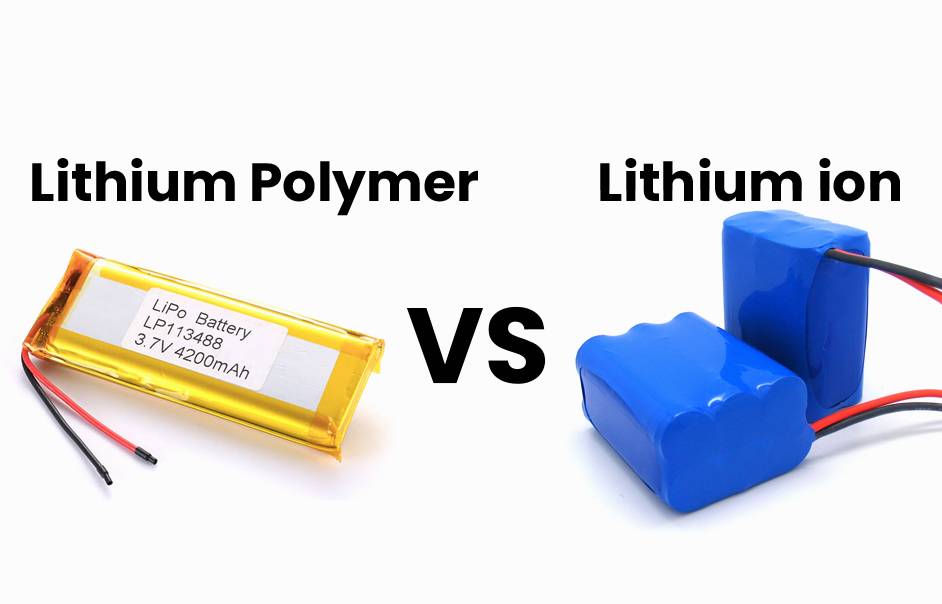
Lithium-ion (Li-ion) and lithium-polymer (LiPo) batteries are crucial power sources in various devices, from smartphones to drones. Understanding their differences helps in selecting the right battery for specific applications, considering factors like energy density, safety, and form factor.
What are the key characteristics of lithium-ion batteries?
Lithium-ion batteries are recognized for their high energy density, allowing them to store more energy in a compact size. They typically consist of a liquid electrolyte, graphite anode, and a cathode made from materials like lithium cobalt oxide. This design makes them suitable for a wide range of applications, particularly where space is limited.Chart: Key Characteristics of Lithium-Ion Batteries
| Feature | Description |
|---|---|
| Energy Density | High, suitable for compact devices |
| Lifespan | 2-3 years on average |
| Weight | Heavier compared to LiPo |
| Safety | Stable but can overheat if mishandled |
| Cost | Generally cheaper than LiPo |
What are the unique features of lithium-polymer batteries?
Lithium-polymer batteries utilize a gel-like or solid-state electrolyte, which allows for greater flexibility in shape and size. This characteristic makes them ideal for applications requiring lightweight and compact designs, such as drones and wearables.Chart: Unique Features of Lithium-Polymer Batteries
| Feature | Description |
|---|---|
| Form Factor | Flexible, can be made into various shapes |
| Lifespan | Typically shorter than Li-ion |
| Weight | Lighter than Li-ion |
| Safety | Less prone to leakage but sensitive to damage |
| Cost | More expensive due to manufacturing complexity |
Lithium Ion vs Lithium Polymer – Don’t Choose Wrong!
How do lithium-ion and lithium-polymer batteries differ in composition?
The primary difference lies in their electrolyte composition. Lithium-ion batteries use a liquid electrolyte contained in a rigid casing, while lithium-polymer batteries use a polymer electrolyte that allows for flexible packaging. This flexibility enables LiPo batteries to be shaped into various forms, catering to specific device requirements.
What are the performance differences between lithium-ion and lithium-polymer batteries?
In terms of performance, lithium-ion batteries generally offer higher energy density and longer lifespan compared to lithium-polymer batteries. However, LiPo batteries excel in applications where weight and shape are critical factors, providing better weight-to-energy ratios.
How do safety features compare between lithium-ion and lithium-polymer batteries?
Lithium-polymer batteries are often considered safer due to their robust packaging that reduces the risk of leakage. However, they can swell if overcharged or damaged, necessitating careful handling. In contrast, while lithium-ion batteries have a more rigid structure that protects against physical damage, they can pose risks if overheated or improperly charged.
What are the charging requirements for lithium-ion versus lithium-polymer batteries?
Charging protocols differ significantly; lithium-polymer batteries require specialized chargers due to their sensitivity to overcharging and specific voltage parameters. In contrast, lithium-ion chargers are more versatile and compatible with a broader range of devices.
Why is understanding battery lifespan important when choosing between Li-ion and LiPo?
Understanding battery lifespan is crucial because it affects long-term performance and cost-effectiveness. Generally, lithium-ion batteries last longer (2-3 years) compared to lithium-polymer ones (often less than 2 years), making them more suitable for applications requiring longevity.
What applications benefit most from lithium-ion batteries?
Lithium-ion batteries are widely used in consumer electronics like smartphones, laptops, and electric vehicles due to their high energy density and cost-effectiveness.
What applications benefit most from lithium-polymer batteries?
Lithium-polymer batteries are favored in applications requiring lightweight designs with flexible shapes, such as drones, RC vehicles, and wearable technology.
What should consumers consider when selecting a battery type?
Consumers should evaluate factors such as energy needs, device compatibility, weight, cost, and safety features when choosing between lithium-ion and lithium-polymer batteries.
Industrial News
Recent advancements in battery technology have highlighted the ongoing competition between lithium-ion and lithium-polymer solutions. Manufacturers are increasingly focusing on improving energy density while enhancing safety features across both types of batteries. Innovations such as solid-state technology are emerging as potential game-changers in this space, promising higher efficiency and reduced risks associated with traditional electrolytes.
Redway Power Expert Views
“Choosing between lithium-ion and lithium-polymer depends largely on application needs,” states an industry expert from Redway Power. “While Li-ion offers stability and longer life for everyday electronics, LiPo’s flexibility makes it indispensable for modern design innovations in portable tech.”
FAQs
- Are lithium-polymer batteries safer than lithium-ion batteries?
Yes, lithium-polymer batteries have a more robust packaging that reduces leakage risks; however, they can swell if overcharged or damaged. - Can I use a regular charger for both types of batteries?
No, it’s essential to use chargers designed specifically for each type; using the wrong charger can lead to overheating or damage. - Which battery type lasts longer?
Generally, lithium-ion batteries have a longer lifespan (2-3 years) compared to lithium-polymer batteries (often less than 2 years). - Which battery type is better for drones?
Lithium-polymer batteries are typically preferred for drones due to their lightweight design and flexible shapes. - How do I know which battery type is right for my device?
Consider your device’s energy needs, weight constraints, safety requirements, and budget when selecting between the two types.
More FAQs:
- Why are LiPo batteries considered safe in wearable technology?
LiPo batteries are favored in wearable technology due to their lightweight, compact design, and high energy density. They can be customized to fit various shapes, enhancing comfort. Additionally, reputable manufacturers ensure they meet safety standards, minimizing risks associated with overcharging and short circuits, making them suitable for continuous use in wearable devices. - How do LiFePO4 and LiCoO2 batteries differ in energy density?
LiFePO4 (Lithium Iron Phosphate) batteries have a lower energy density compared to LiCoO2 (Lithium Cobalt Oxide) batteries. While LiFePO4 typically offers around 90-120 Wh/kg, LiCoO2 can reach approximately 150-200 Wh/kg. This makes LiCoO2 more suitable for applications requiring higher energy storage in a smaller size. - What does the “C” rating on batteries mean?
The “C” rating on batteries indicates the rate at which a battery can be charged or discharged relative to its capacity. For example, a 1C rating means the battery can be charged or discharged at a current equal to its capacity in one hour. A 2C rating allows for double that current, enabling faster charging or discharging. - How do lithium-ion and lithium polymer battery casings differ?
Lithium-ion batteries typically have rigid cylindrical or prismatic casings made of metal or hard plastic, providing structural integrity. In contrast, lithium-polymer batteries use flexible pouches or soft casings that allow for various shapes and sizes, making them ideal for compact and lightweight applications like wearables. - What are the discharge ratings for LiPo and lithium-ion batteries?
Discharge ratings vary between battery types. Lithium-polymer (LiPo) batteries often have higher discharge rates, typically ranging from 10C to 100C, making them suitable for high-drain applications. Lithium-ion batteries usually have lower discharge ratings, around 1C to 5C, which is adequate for most consumer electronics. - How do LiPo and Li-ion batteries differ in safety and discharge rates?
LiPo batteries generally have higher discharge rates but can be more sensitive to overcharging and puncturing, posing safety risks if mishandled. Lithium-ion batteries are typically safer due to their more robust casing and lower discharge rates but may not deliver the same high performance in demanding applications. - Why are cylindrical Li-ion batteries preferred in flashlights?
Cylindrical Li-ion batteries are preferred in flashlights due to their high energy density, long lifespan, and ability to deliver consistent power output. Their rigid structure also provides durability against impacts and environmental conditions, making them ideal for portable lighting solutions. - What are the pros and cons of Li-ion vs. LiPo batteries?
Pros of Li-ion include higher energy density, longer lifespan, and better safety features. Cons include less flexibility in form factor. LiPo pros include lightweight design and customizable shapes; cons involve shorter lifespan and sensitivity to overcharging, requiring careful handling. - How do Li-ion and LiPo batteries differ in weight and energy density?
Lithium-ion batteries generally have a higher energy density than lithium-polymer batteries, allowing them to store more energy per weight unit. However, LiPo batteries are lighter and can be made thinner due to their flexible packaging, making them suitable for applications where weight is critical. - Why do RC cars use LiPo batteries while flashlights use Li-ion?
RC cars use LiPo batteries because they provide high discharge rates necessary for rapid acceleration and performance. Flashlights prefer Li-ion due to their higher energy density and longer runtime capabilities, which are essential for consistent illumination over extended periods. - Why Are Lithium-Ion Batteries Preferred Over Lithium-Polymer for Some Applications?
Lithium-ion batteries are often preferred for applications requiring higher energy density and longer cycle life, such as laptops and electric vehicles. Their robust construction also enhances safety during use compared to lithium-polymer batteries, which may require more careful handling due to their sensitivity to damage.
Is Lithium polymer better than lithium-ion?
Lithium polymer (LiPo) batteries offer advantages over traditional lithium-ion (Li-ion) batteries in terms of flexibility in shape and size, making them suitable for various form factors. They also tend to have a higher energy density, providing more power in a smaller and lighter package. However, the choice between LiPo and Li-ion depends on specific application requirements and safety considerations.
Is it OK to leave a lithium polymer battery on the charger?
Leaving a lithium polymer battery on the charger for extended periods can potentially overcharge the battery, leading to overheating, swelling, or even a risk of fire. It’s generally advisable to remove the battery from the charger once it’s fully charged to prevent overcharging and prolong the battery’s lifespan.
What is the life of a lithium polymer battery?
The lifespan of a lithium polymer battery can vary depending on factors such as usage patterns, charging practices, and environmental conditions. On average, well-maintained LiPo batteries can last several hundred charge-discharge cycles before experiencing noticeable degradation in performance.
What is the voltage of Li ion vs LiPo?
The nominal voltage of lithium-ion (Li-ion) batteries typically ranges from 3.6 to 3.7 volts per cell, while lithium polymer (LiPo) batteries have a slightly higher nominal voltage, typically around 3.7 to 3.8 volts per cell. However, both types of batteries can have different voltage ratings depending on their specific chemistry and configuration.
What are the disadvantages of lithium-polymer batteries?
Some disadvantages of lithium polymer (LiPo) batteries include:
- Sensitivity to overcharging, which can lead to swelling or even a risk of fire.
- Potential for puncture or damage due to their soft and flexible packaging.
- Higher manufacturing costs compared to traditional lithium-ion batteries.
- Susceptibility to physical damage or abuse, which can compromise safety and performance.
What precaution is needed while charging a lithium polymer battery?
When charging a lithium polymer battery, it’s essential to follow these precautions:
- Use a charger specifically designed for LiPo batteries.
- Never leave the battery unattended while charging.
- Avoid overcharging or charging at a higher voltage than recommended.
- Charge the battery in a fireproof location and away from flammable materials.
- Monitor the battery for signs of overheating, swelling, or unusual behavior during charging.
Is lithium polymer allowed on airplanes?
Lithium polymer (LiPo) batteries are generally allowed on airplanes, but there are specific regulations and restrictions regarding their transportation. Passengers may typically carry LiPo batteries in their carry-on luggage, but they are usually prohibited from being checked in as cargo due to safety concerns related to fire hazards.
Are LiPo batteries safer than lithium-ion?
Both lithium polymer (LiPo) and lithium-ion (Li-ion) batteries have similar safety considerations, but LiPo batteries may be more prone to certain risks such as swelling or fire if mishandled or damaged. Proper handling, charging, and storage practices are essential for both types of batteries to minimize the risk of accidents.
Can you charge a LiPo at a higher voltage?
Charging a lithium polymer (LiPo) battery at a higher voltage than recommended can be dangerous and may lead to overheating, swelling, or even a risk of fire. It’s crucial to use a charger specifically designed for LiPo batteries and to follow the manufacturer’s guidelines for proper charging voltage and current.














